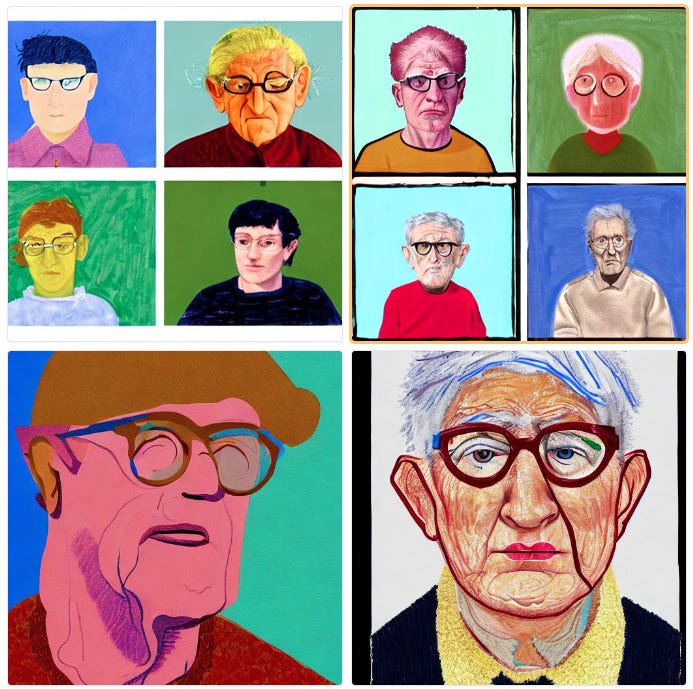Decades of You
A conversational recipe for helping a senior you love to tell the stories of their life.
Several years ago I worked on a stage adaptation of Maurice Shadbolt’s book Voices of Gallipoli.
It’s an oral history of several World War I veterans. Shadbolt interviewed them when they were in their seventies. He sat them down with a voice recorder and let them talk. Individual stories are only only a few pages long. They bubble with visceral detail. I thought it must have been a heavy lift for him to edit, and that his skill as a writer was on full display in the act of condensing the conversations so powerfully. I wondered if he might have omitted some details that modern audiences would find interesting. So I went to the National Archive of New Zealand to review the full transcripts. It was astonishing. Shadbolt had scratched out the umms and ahs, crossed out his own short questions and minor interjections, and then effectively published the rest verbatim. Shadbolt’s skill on this project was to prompt the old diggers in ways that led them to spit out literary gold.
It’s no surpr…





